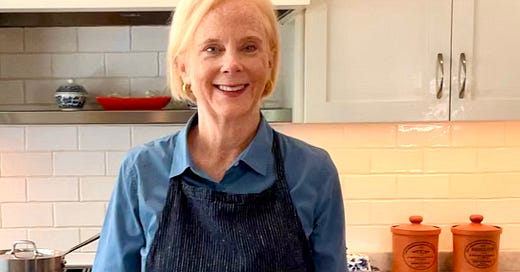Happy PUB DAY, Baking in the American South! 🎈🎉📕 - No. 302
Why I wrote this book + follow me on tour + Lemon Icebox Pie cools things down
YESTERDAY, I WAS IN THE KITCHEN baking a sweet potato cake and sliced sweet potato pie from my new book for a digital media appearance that will air in early October. If you had told me 25 years ago when my Cake Mix Doctor book released that I would be reaching audiences in this virtual way one day, I wouldn’t have believed you.
And yet, anything is poss…




